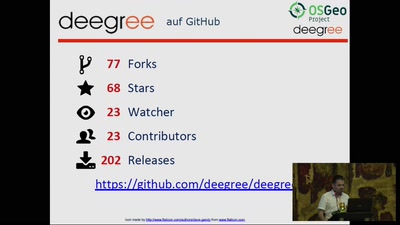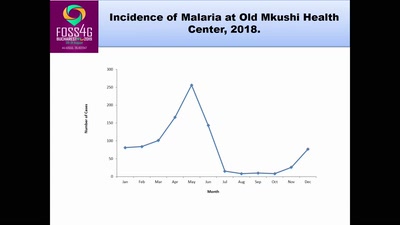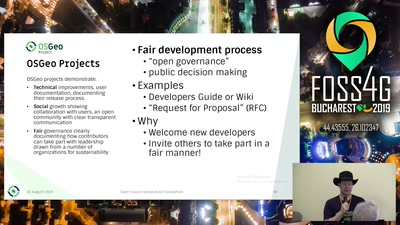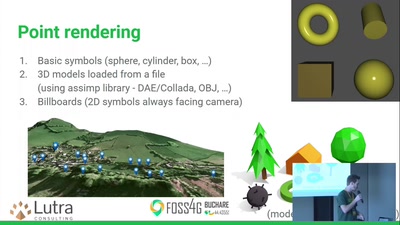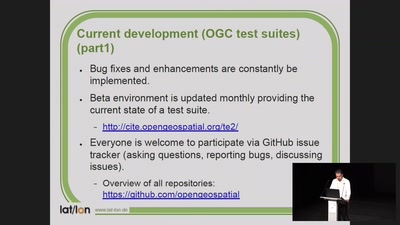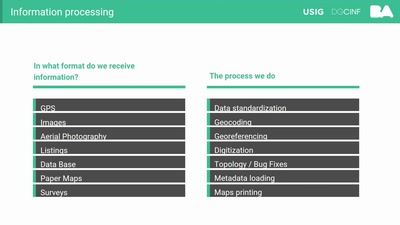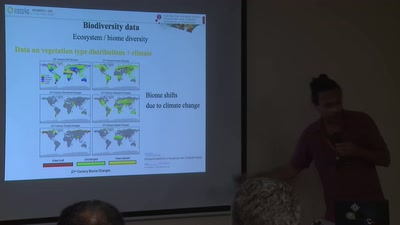Yamikani Phiri and Kondwani Munthali
Accessibility to primary health care (PHC) in developing countries is crucial and remains a challenge with conflicting statistics in Malawi. For instance, the Health Sector Strategic Plan II, 2017-2022 reports accessibility at 90 % while the Demographic Health Survey puts it at 56 %. The discrepancies emanate from multiple factors among which is failure to incorporate critical geographic cost factors like elevation, road networks, road conditions, etc. in the estimation models. This study, therefore, seeks to develop a PHC accessibility estimation model that incorporates cost spatial factors of elevation and road network distances using open source software and geospatial routing techniques.The accessibility analysis was evaluated using 2 step floating catchment area (2SFCA) model implemented using PostgreSQL/PostGIS and based on the pgr_dijkstraCost algorithm. The model score was expressed in terms of time of travel assuming walking as the mode of travel with a 1-hour threshold indicating acceptable accessibility. To improve accuracy, the road network data was exploded to 20 m node distances. 2SFCA creates two catchment areas called floats in each step.The first step determines the population falling within a specified cost threshold and the facility population ratio. In the second, for each household, the model determines services available within the specified cost threshold at facilities and adds it to the facility population ratio to derive an accessibility score. The 2SFCA score starts from 0 growing boundlessly with 0 indicating households not within the 1-hour threshold. Higher scores indicate access within 1-hour and to multiple facilities or multiple services within an hour or facility respectively.The 2SFCA model result scores ranged from 0 to 0.19, with 100 and 58 % of urban and rural households within 1-hour of a facility (2SFCA > 0) respectively and a district average of 62 %. 70 % of the urban households have access to multiple health facilities (2SFCA > 0.01) as opposed to only 16 % of the rural households. As such the findings provide, arguably, spatially objective PHC accessibility data to inform policy direction and also reveals accessibility to PHC in Malawi to be lower than reported.
Besides the evaluation of PHC accessibility, the application of FOSS tools in this study, strengthens the case of their relevance in low resource contexts where computation power and electricity can be intermittent, making it difficult to run models that span multiple days. Using PostgreSQL/PostGIS for relational spatial analysis modeling made it possible to resume modelling after power outages. Thus, the study has successfully demonstrated utility of relational spatial analysis using open source technologies in low resource settings of the developing world. With improved computational capabilities such models can be used for national benchmarking of accessibility and hence provide concrete data on the provision of PHC and other applications
None

